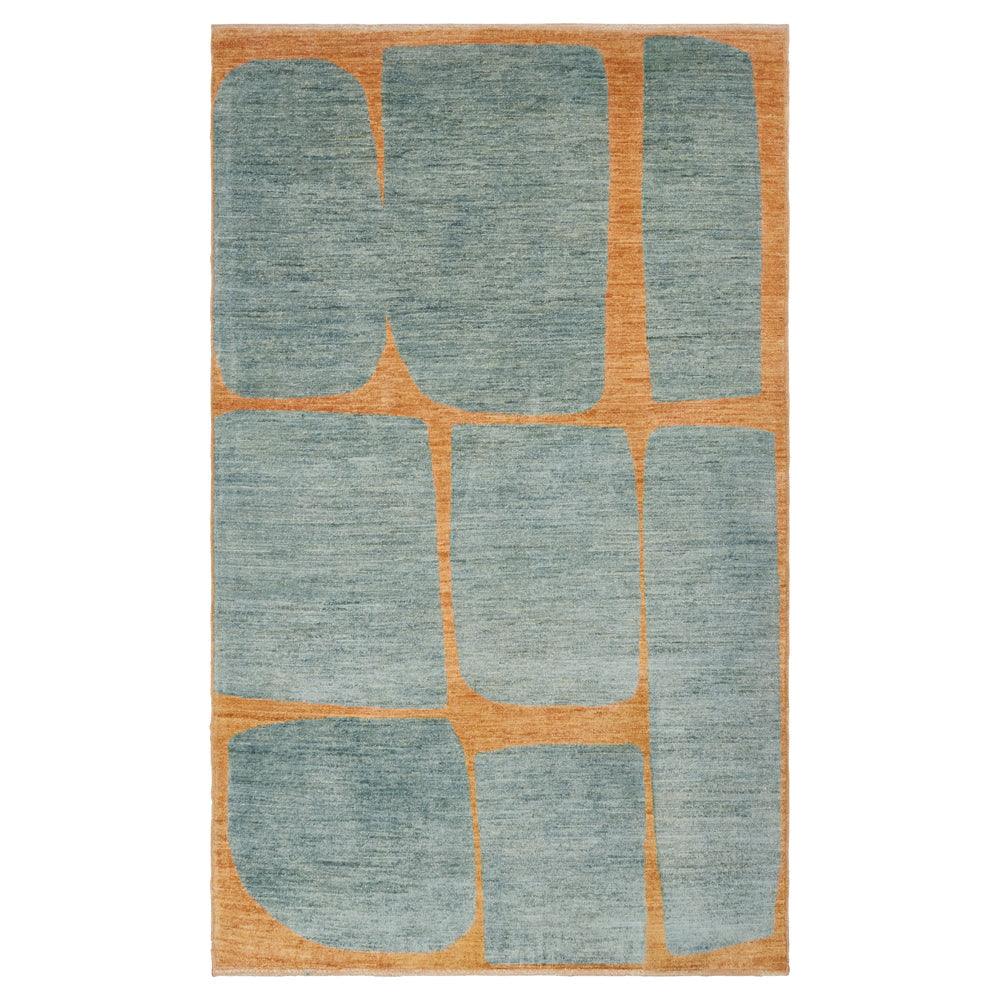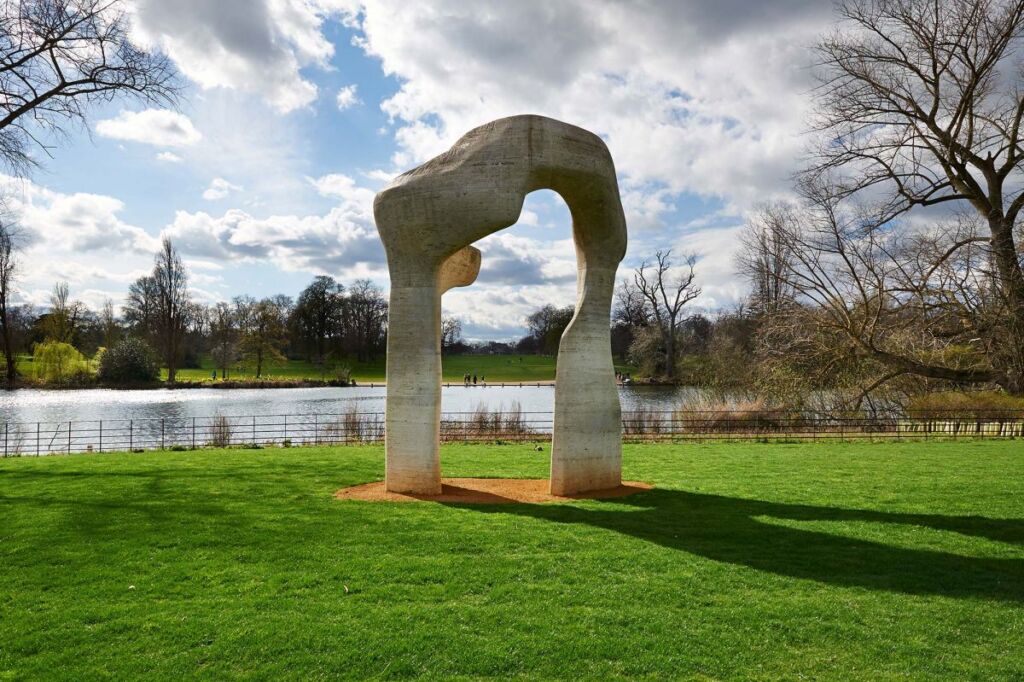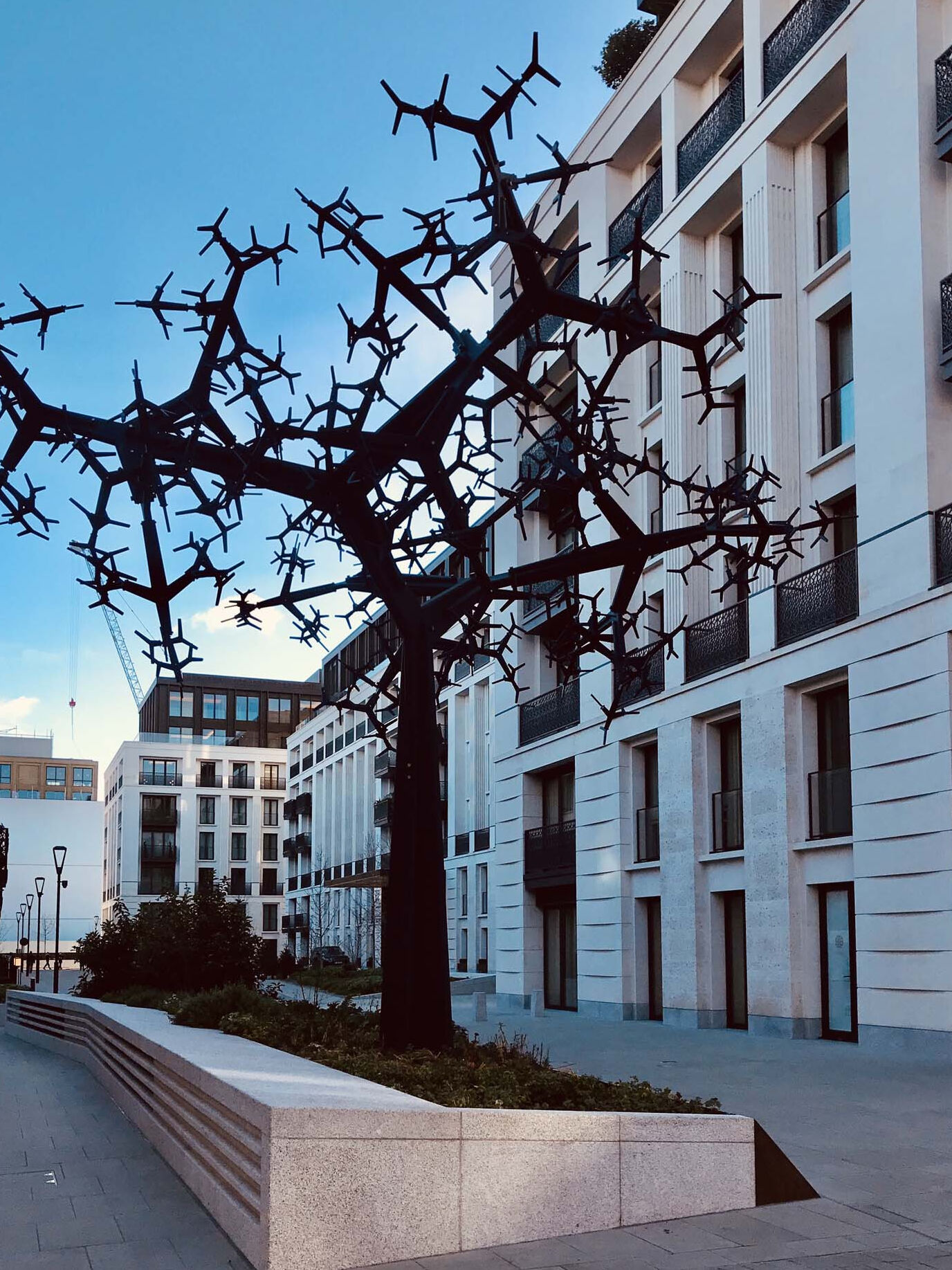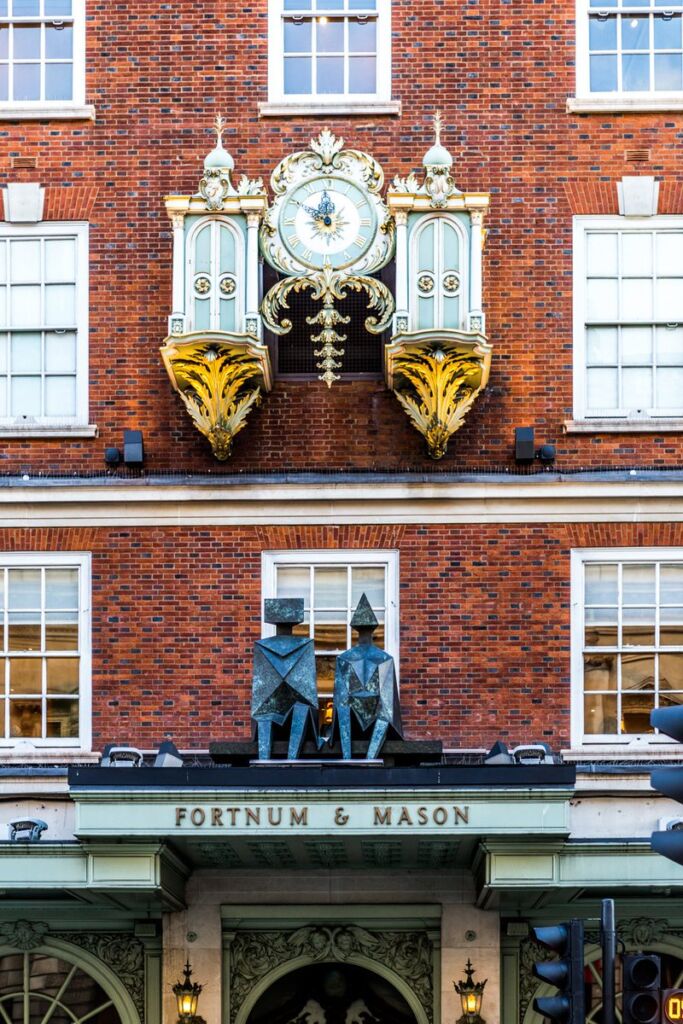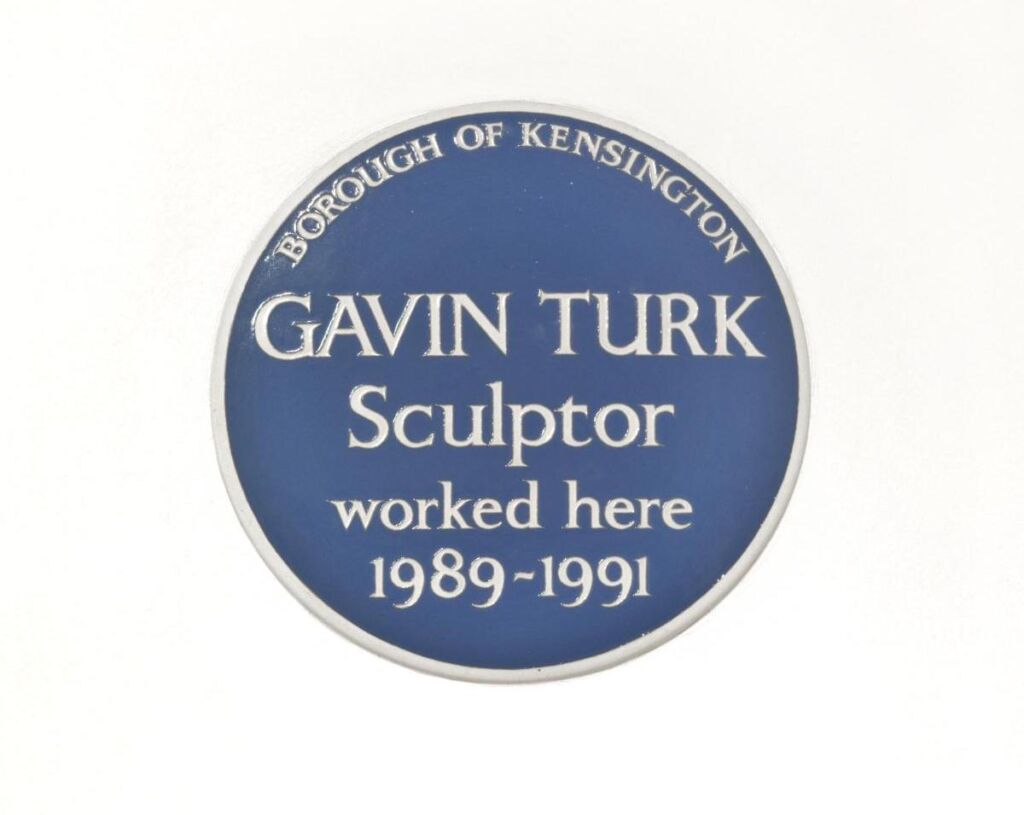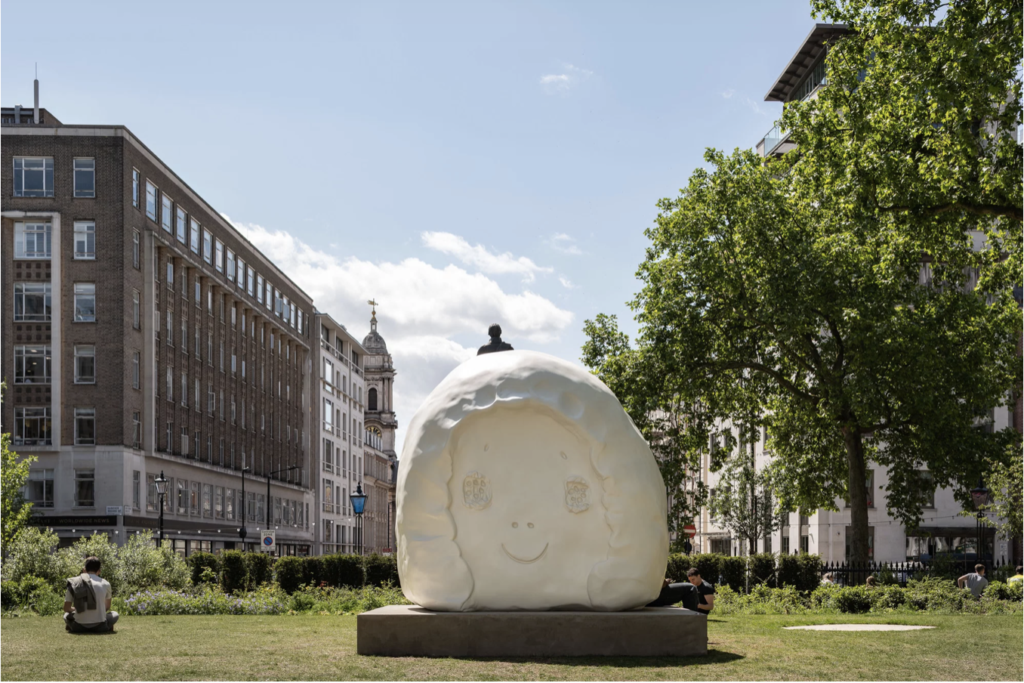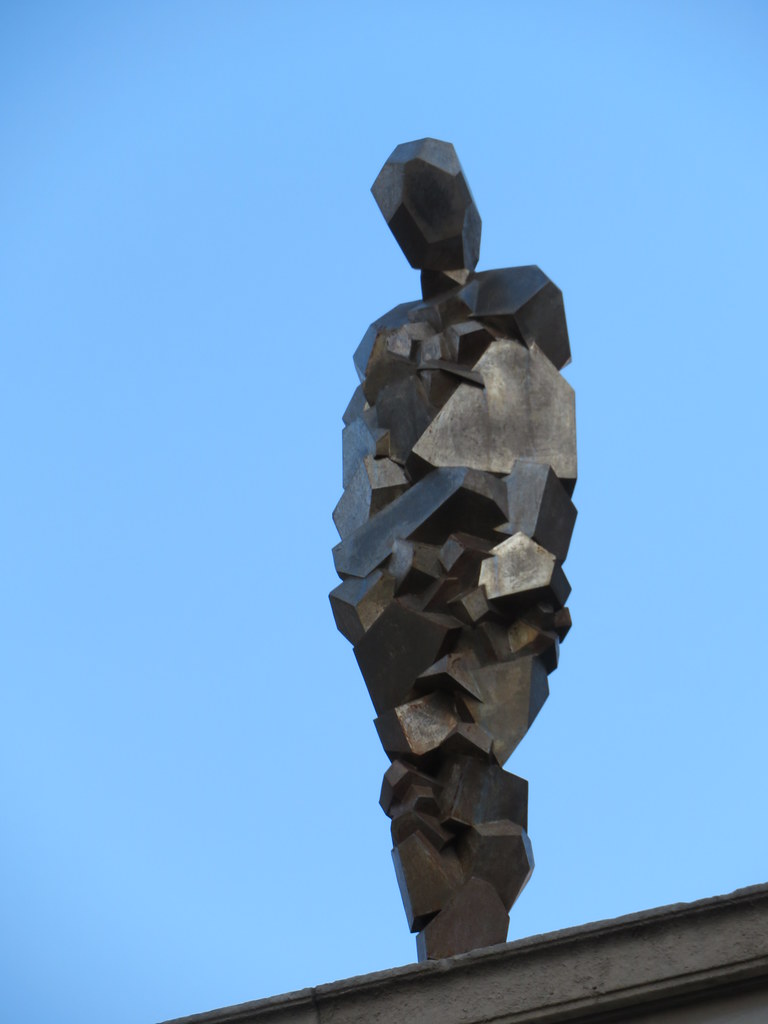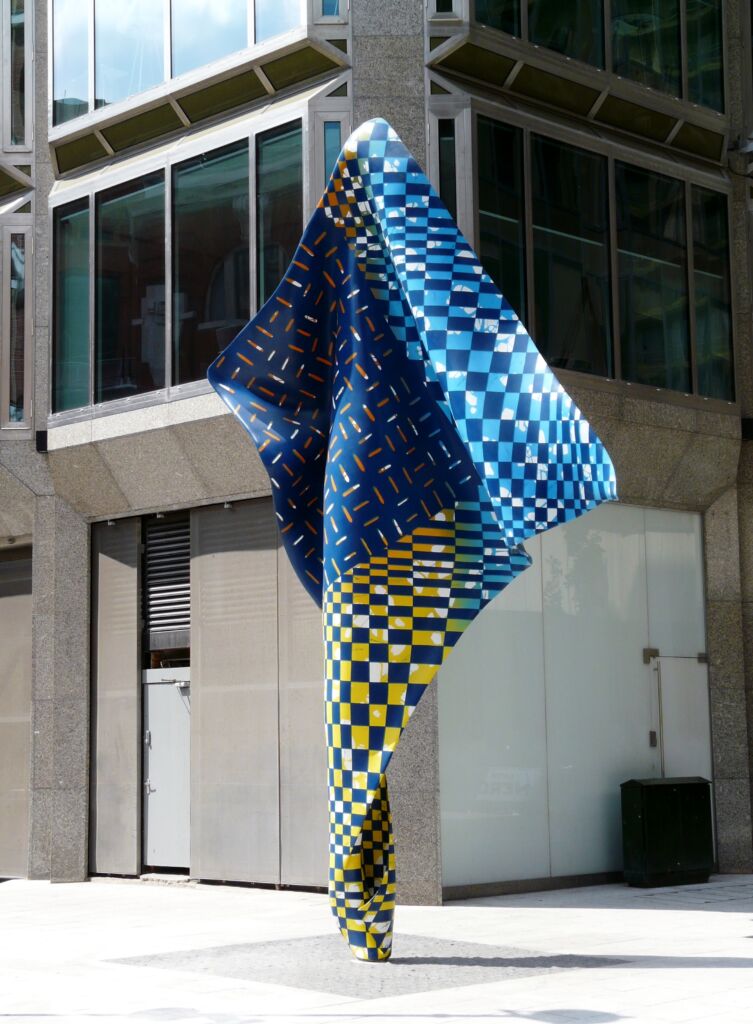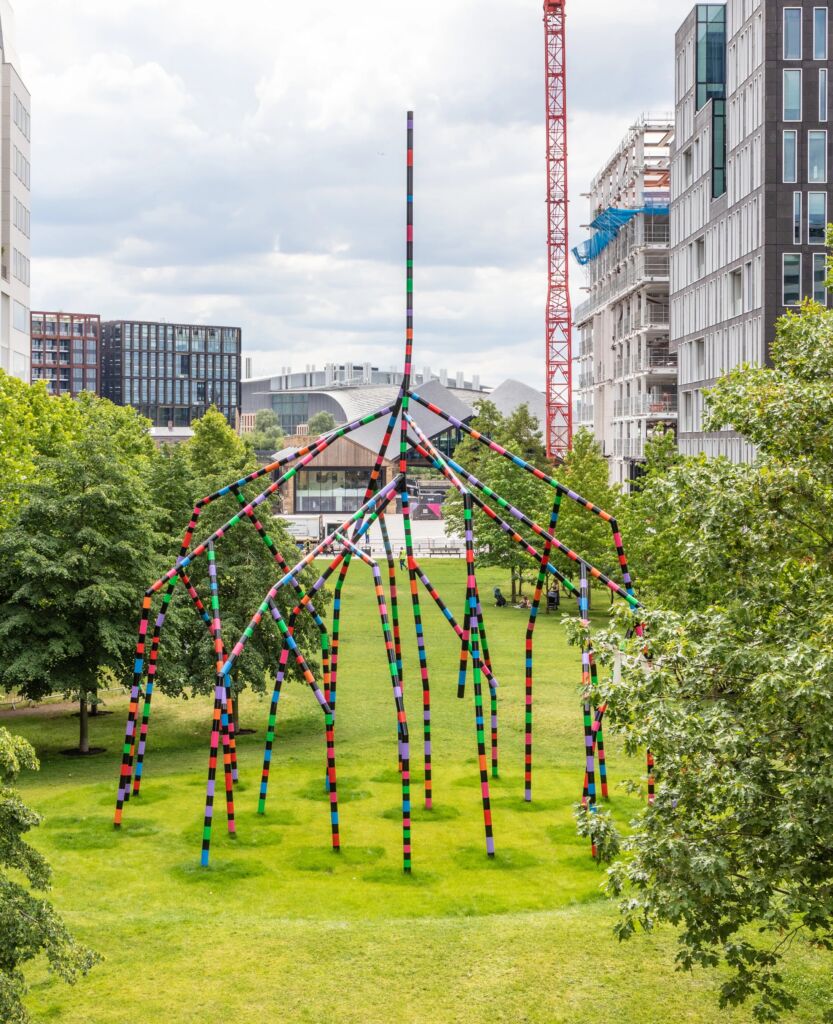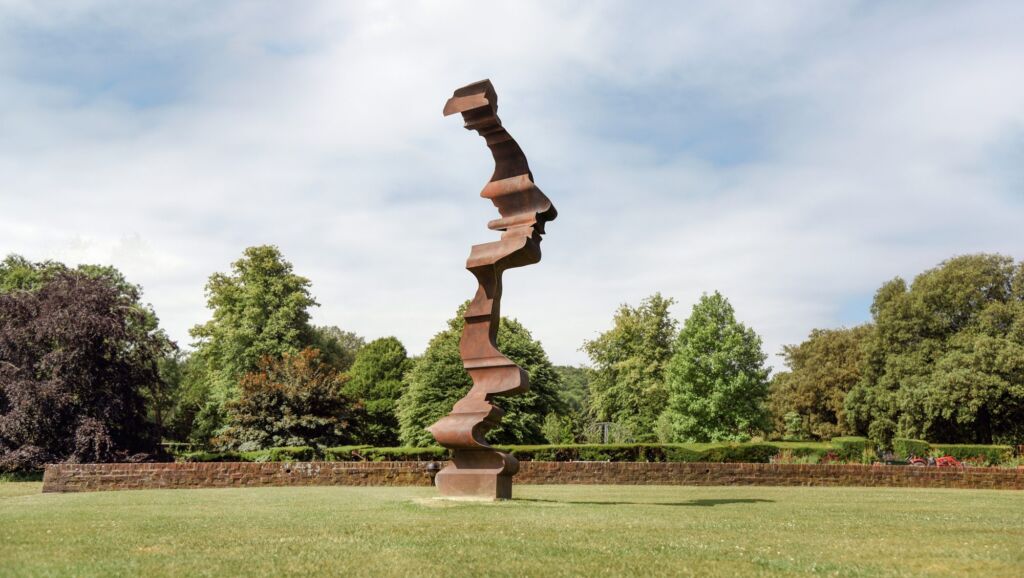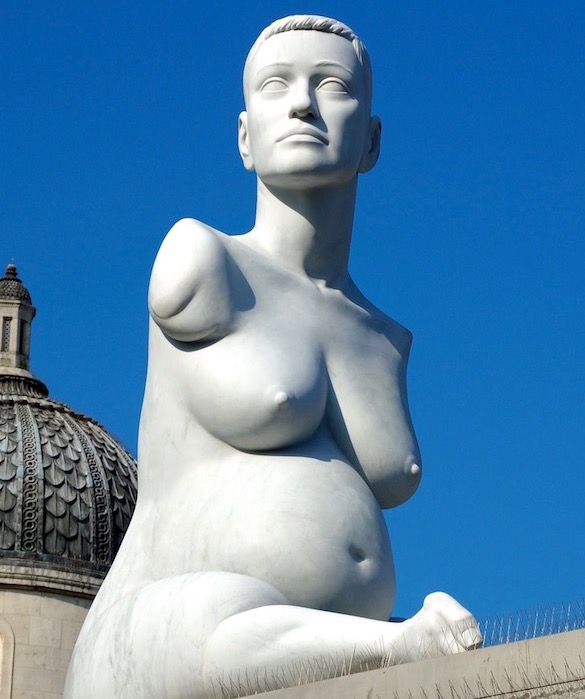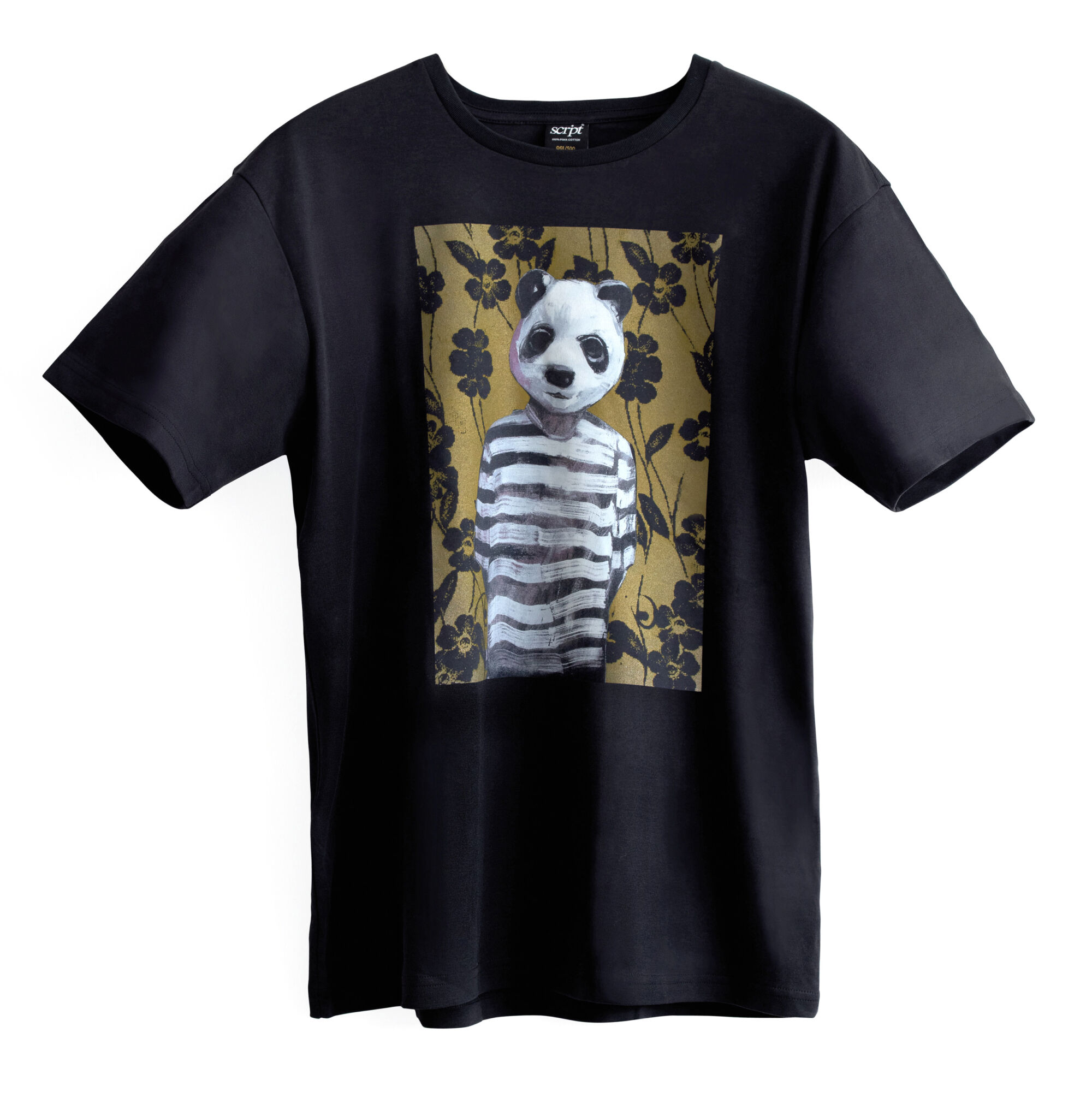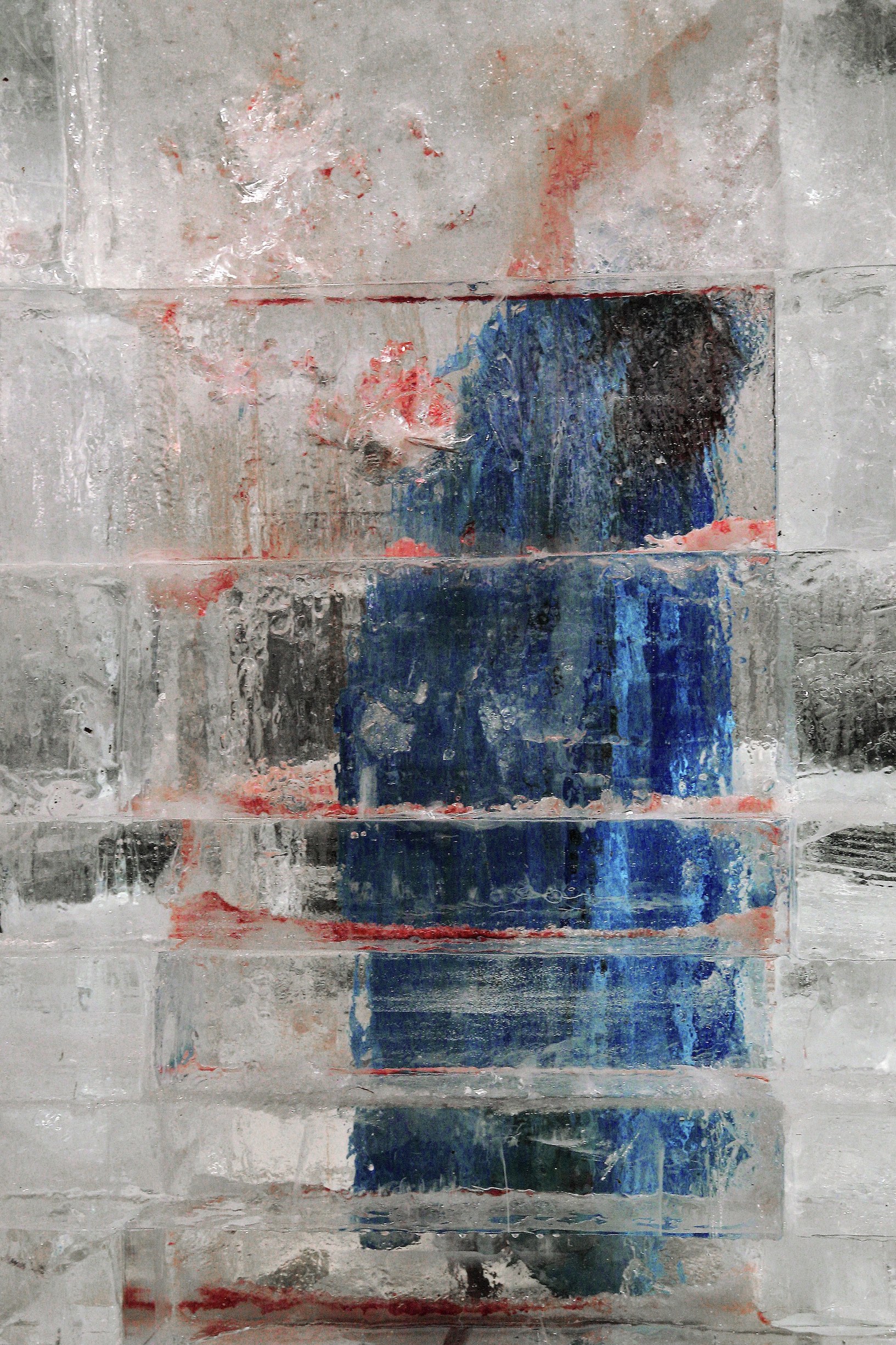
Above Xiao Lou, Polar-4, 2016, Image Copyright the Artist, Courtesy 10 Chancery Lane Gallery, Hong Kong
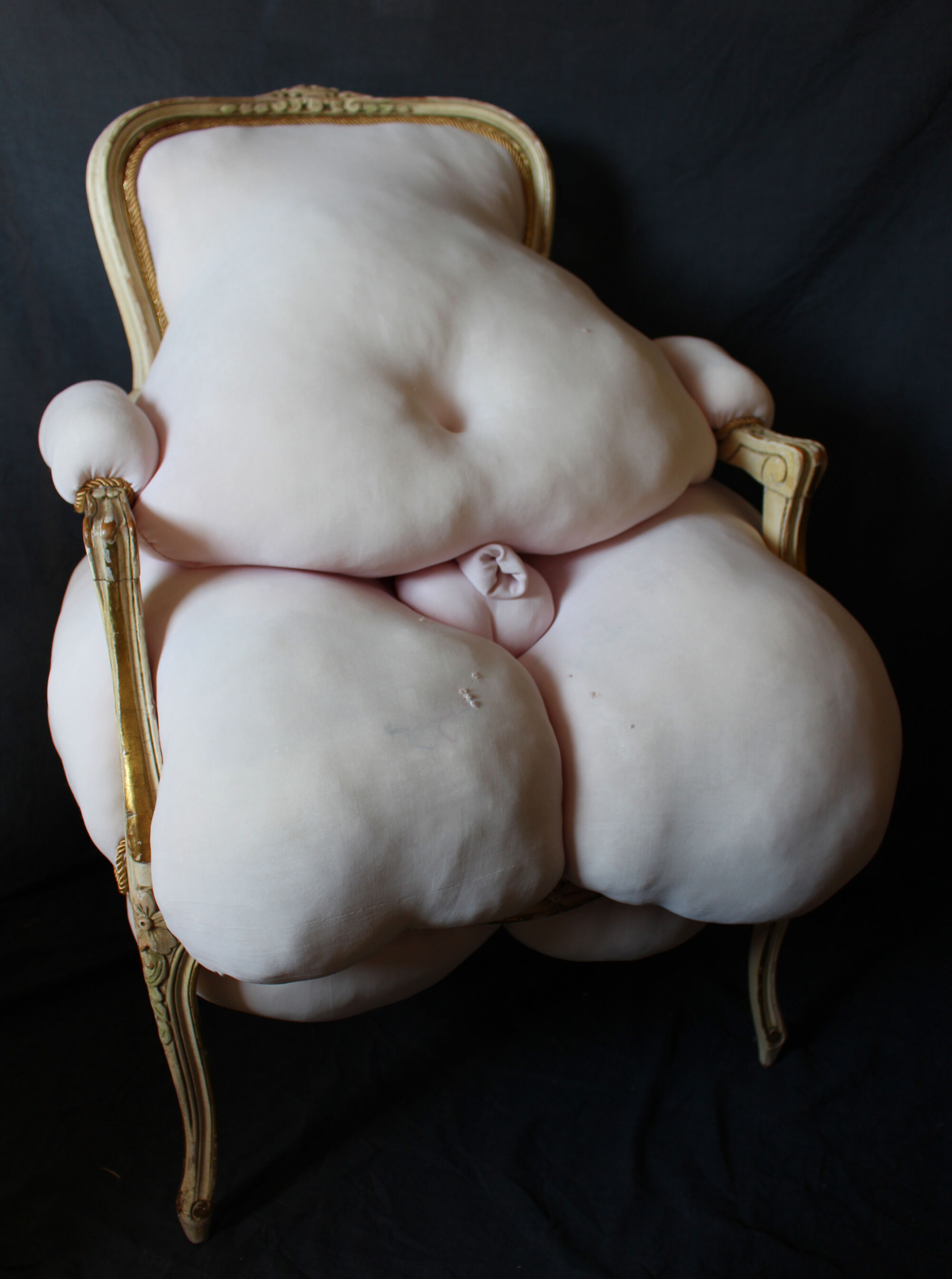
Above Sally Hewett, SHE
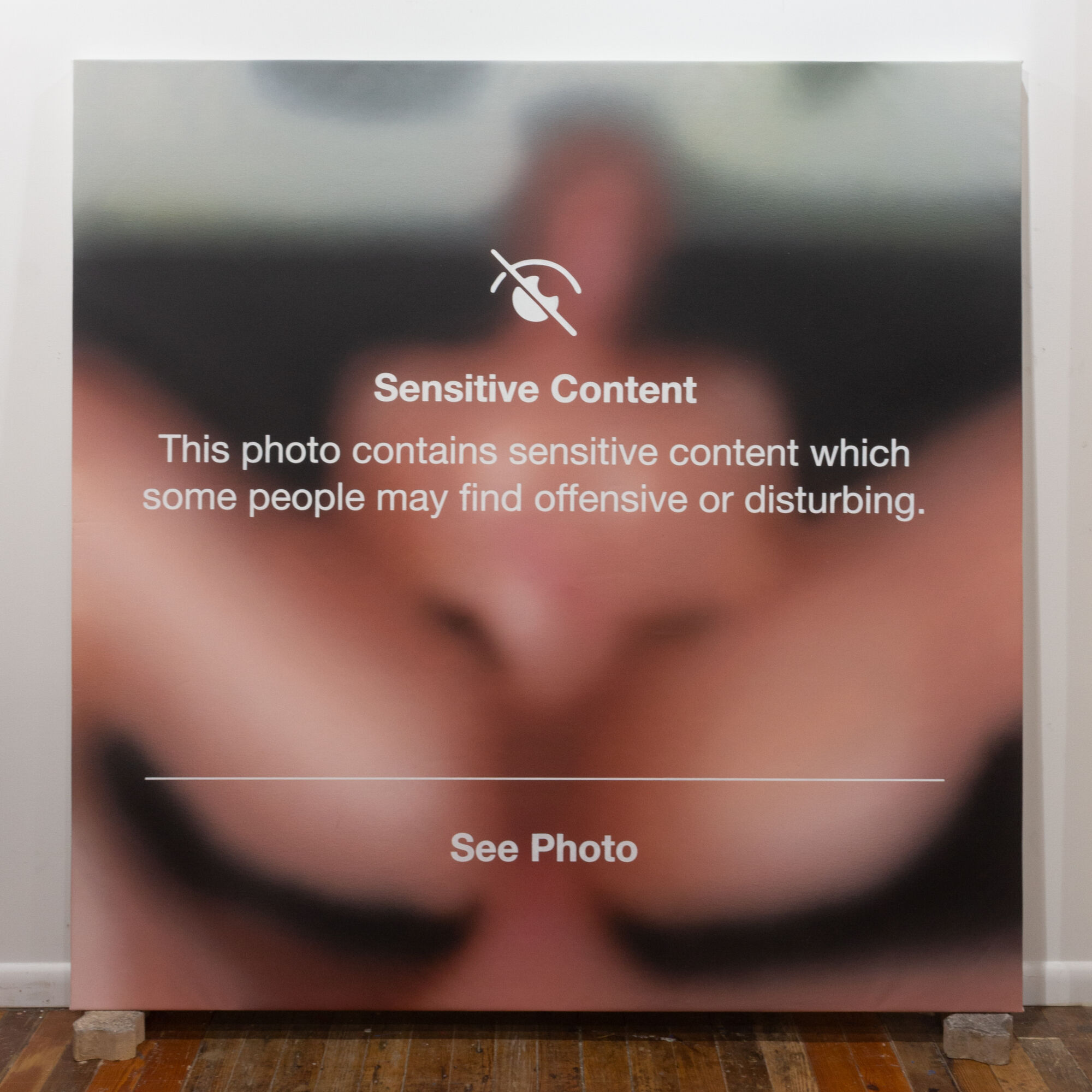
Above Mauro Martinez, Sensitive Content No. 35 1
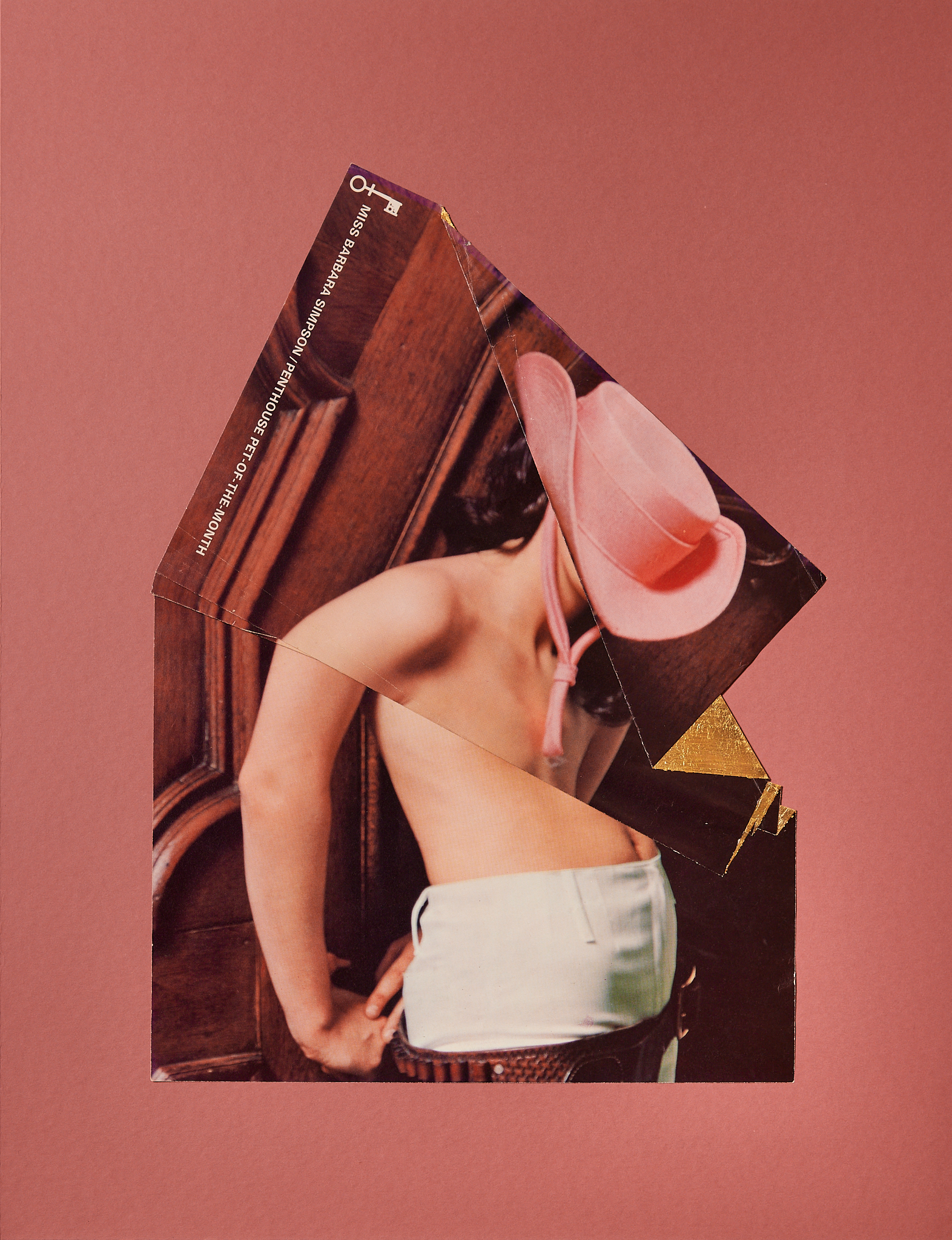
Above Sarah Hardacre, The Villain In Us All, 2018
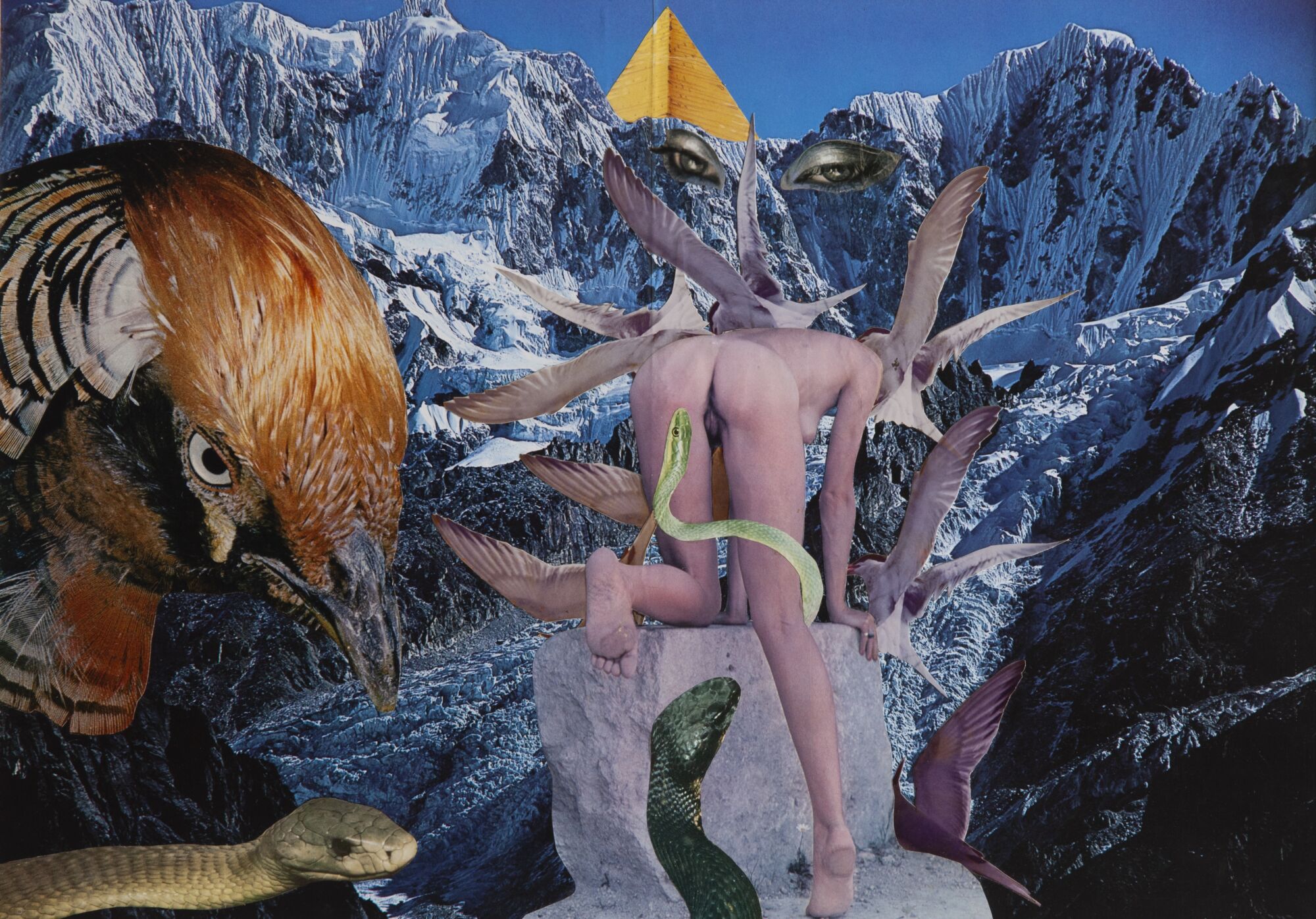
Above Penny Slinger, Scarlet Woman, 1976–1977 Collage on board 18 x 23 1/2 inches (45.7 x 59.7 centimeters). © Penny Slinger, Courtesy of the artist and Blum & Poe, Los Angeles/New York/Tokyo
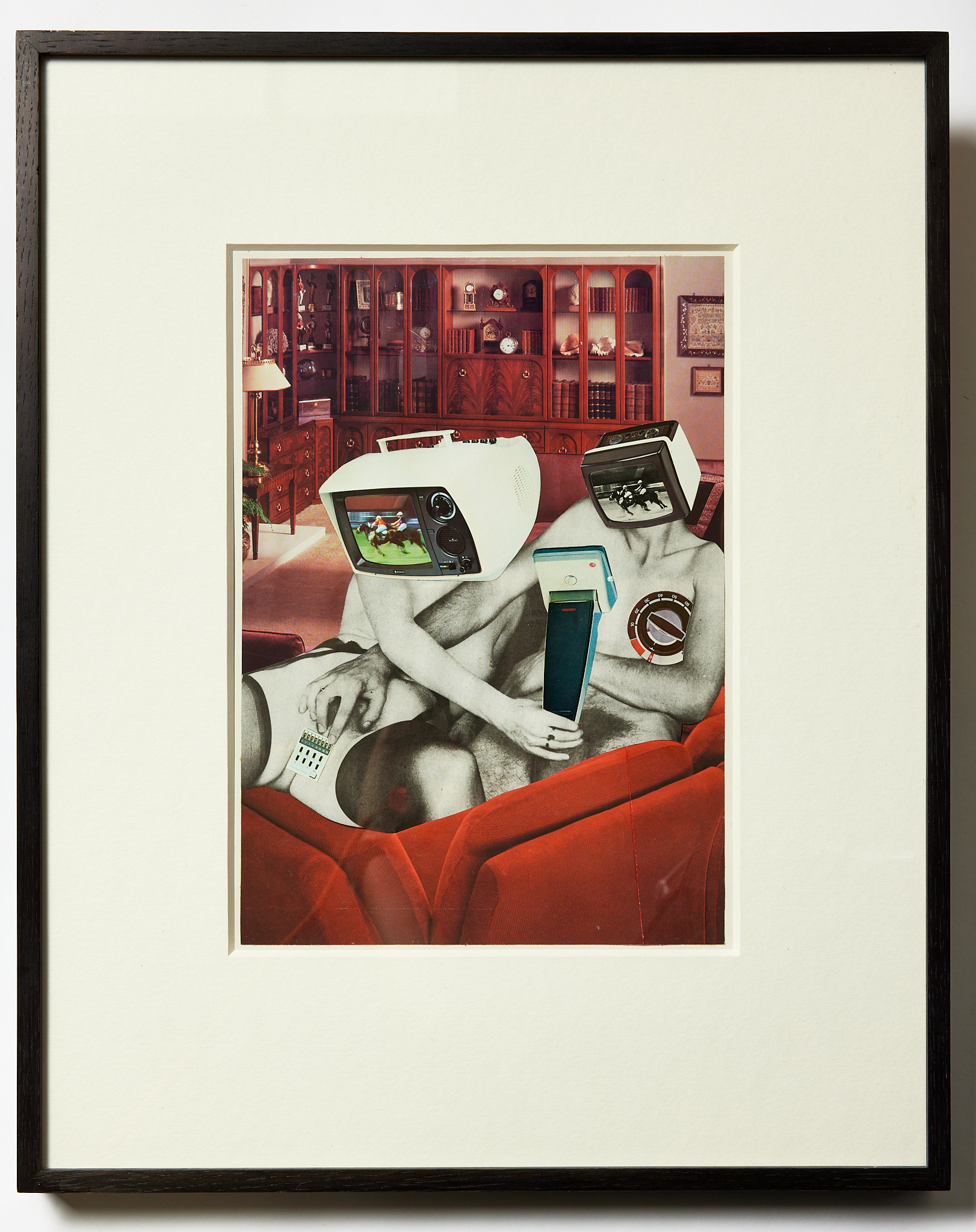
Above Linder Sterling, Untitled (TV Sex), 1977
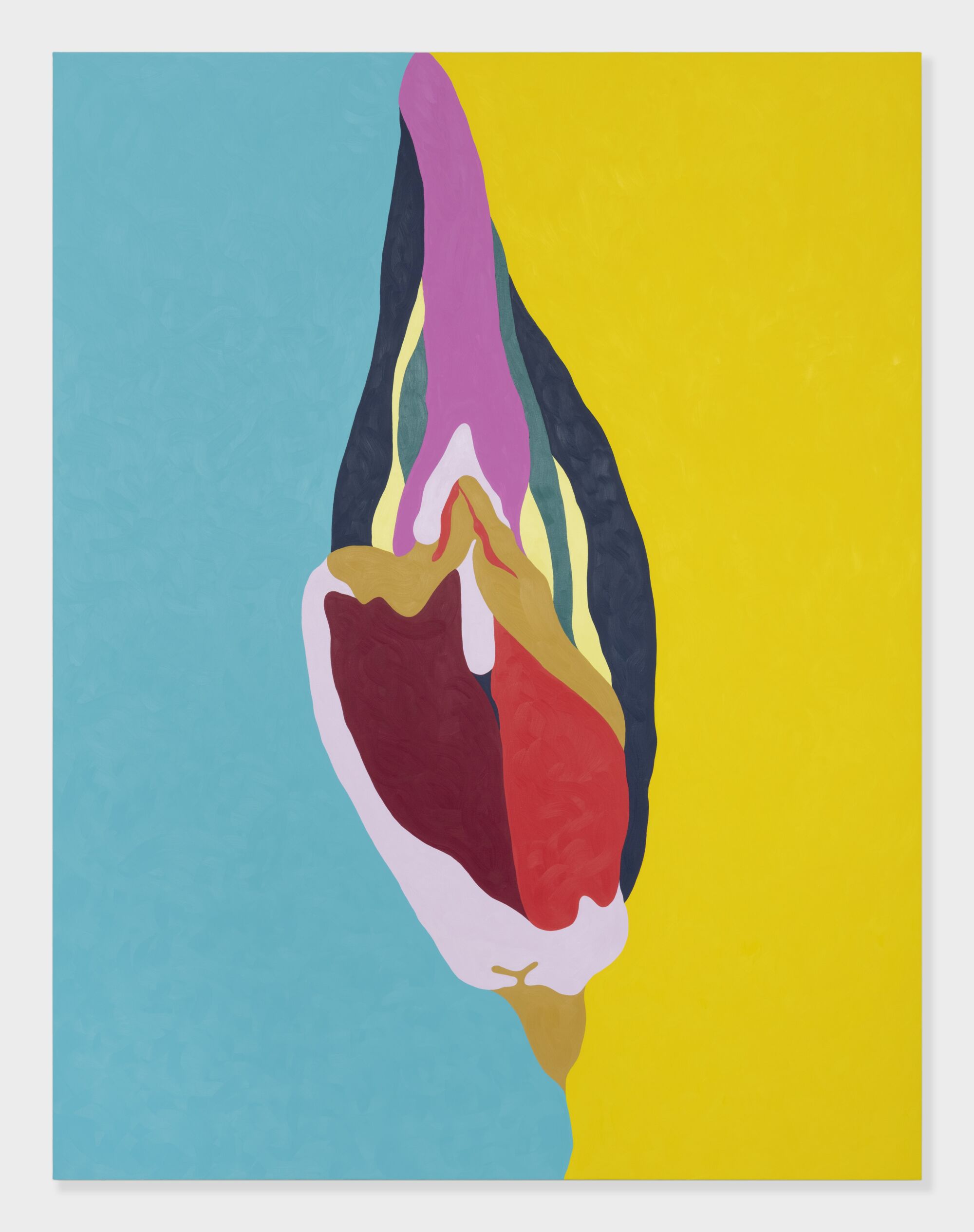
Above Polly Borland, Nudie 10, 2021
Polly Borland
Nudie 10
2021
Archival pigment print
102.2 cm x 135.9 cm x 3.8 cm
ENQUIRE
Helen Beard, Selenicereus grandiflorus (Queen of The Night), 2021
Helen Beard
Selenicereus grandiflorus (Queen of The Night)
2021
Oil on canvas
260 cm x 200 cm
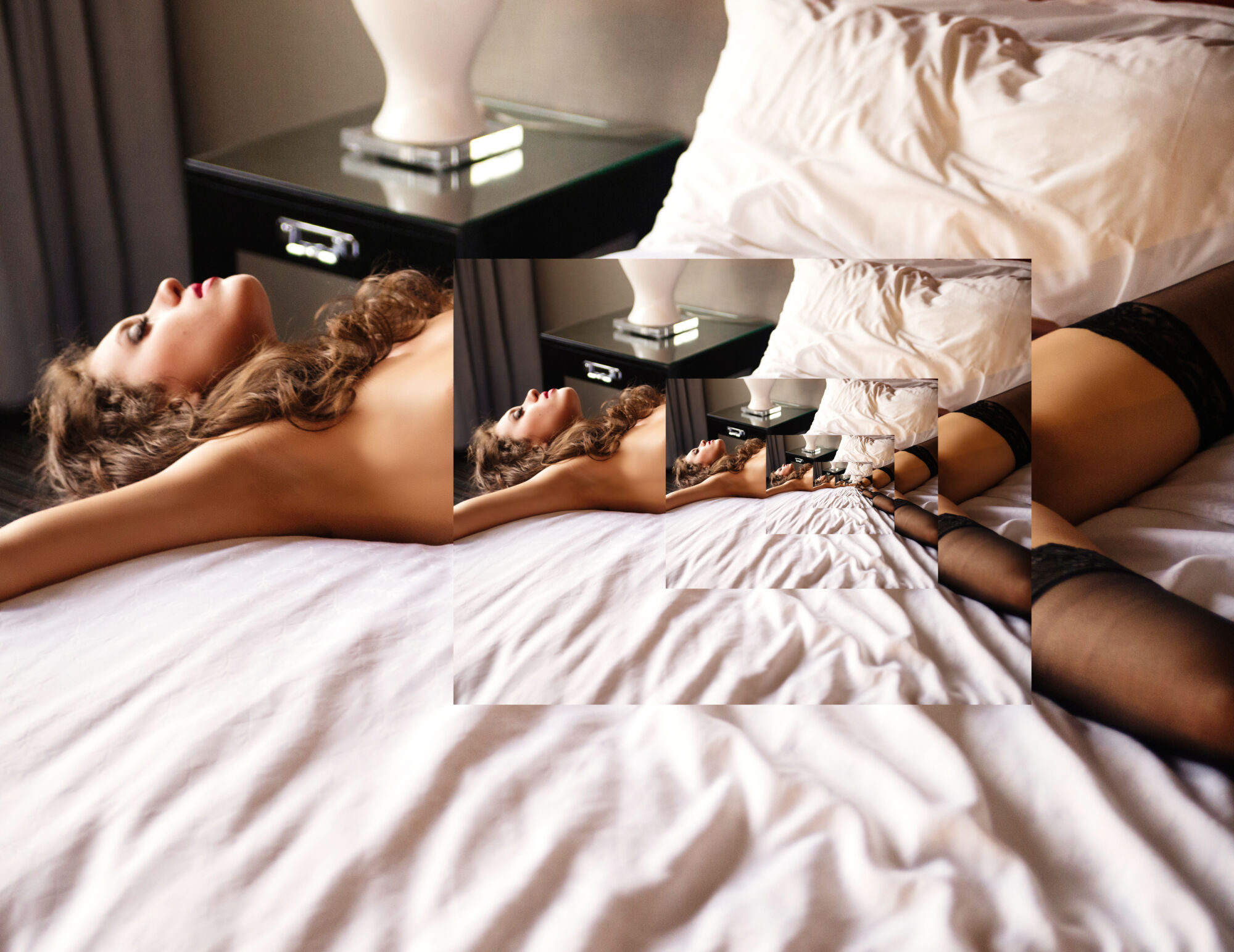
Above Leah Schrager, infinity4
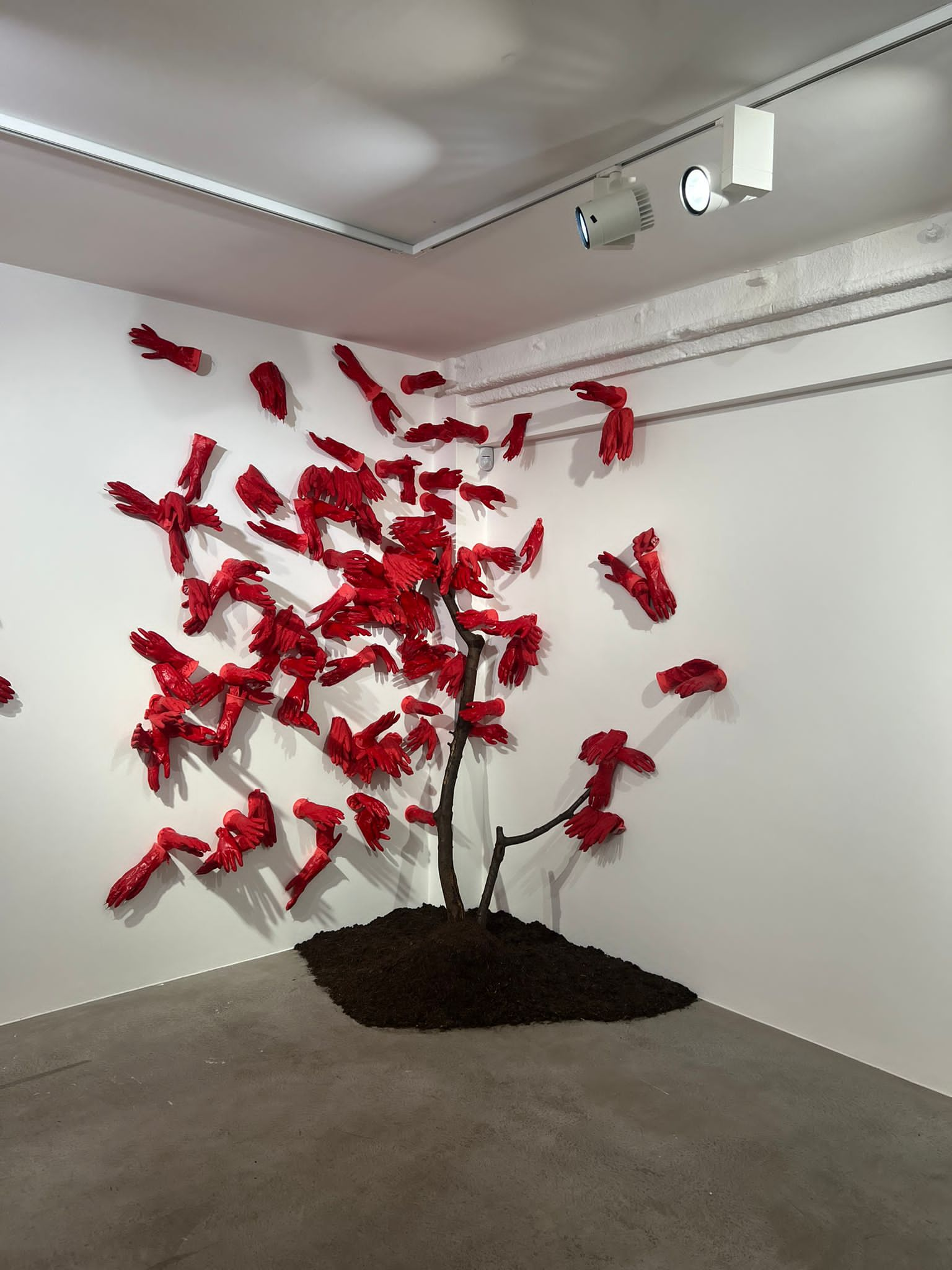
Above Beverly Onyangunga
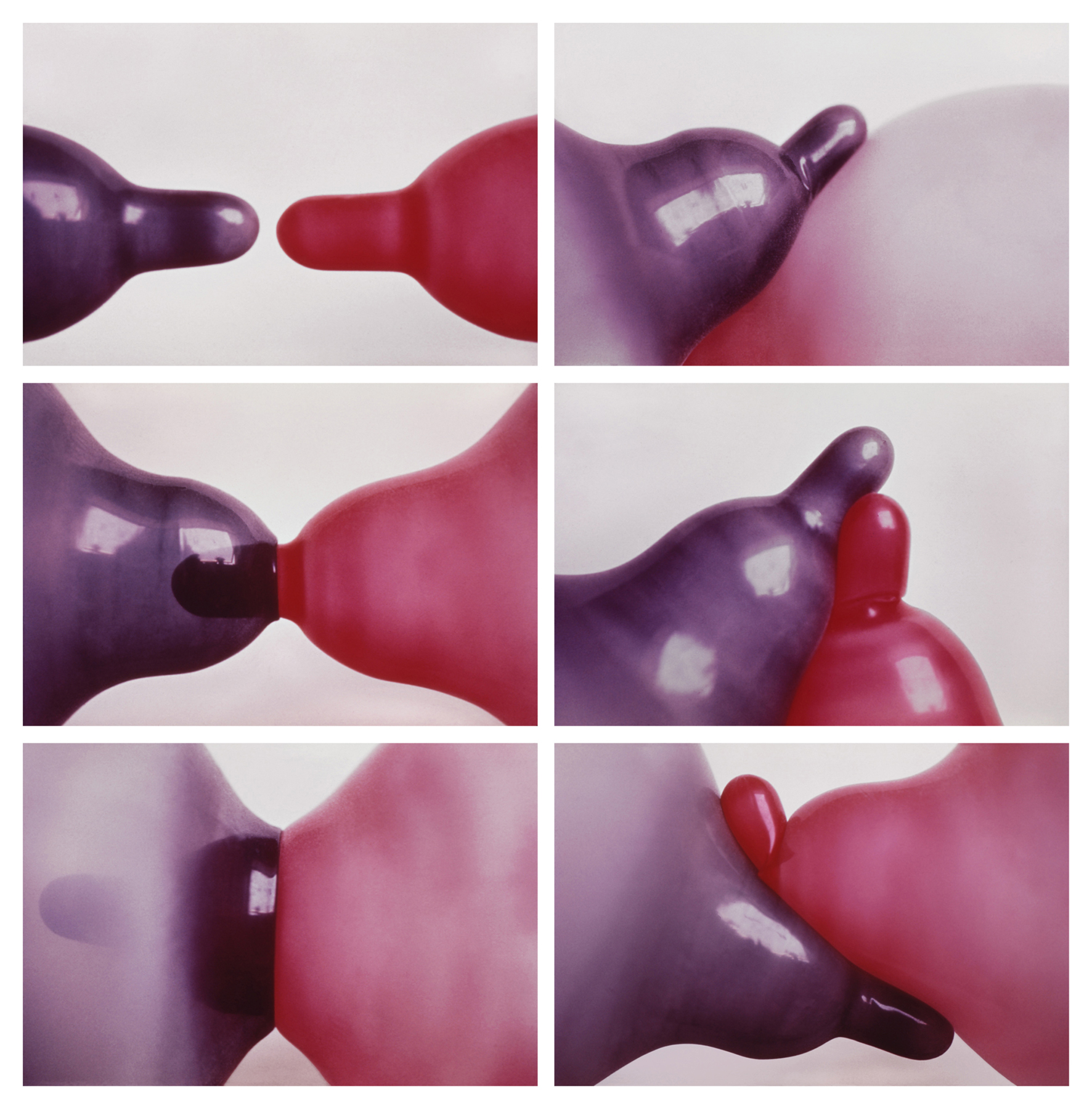
Above Renate Bertlmann. Image Copyright the Artist, Courtesy Richard Saltoun Gallery London and Rome
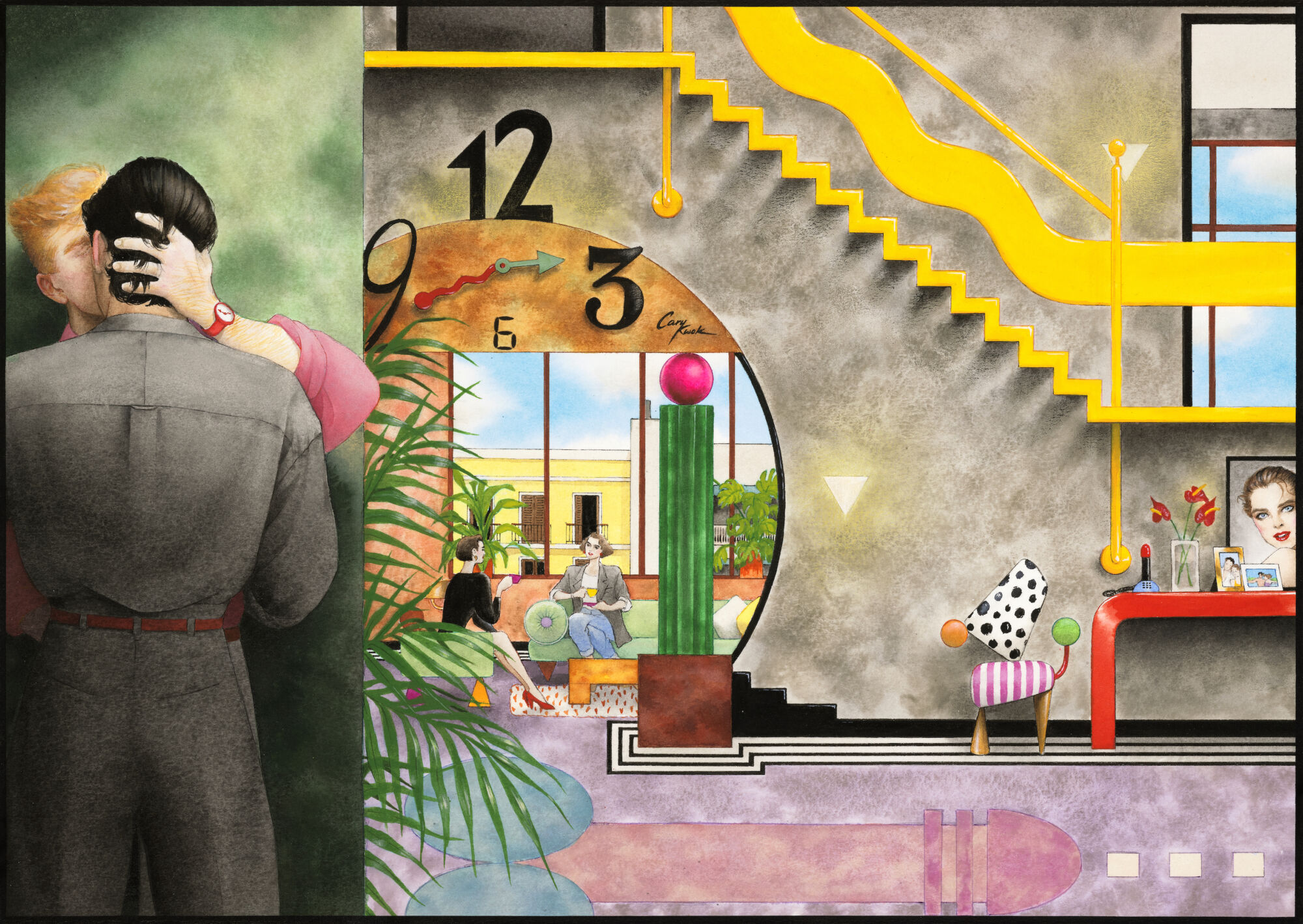
Above Cary Kwok, Men on the Verge of a Nervous Breakdown 2022. Courtesy the artist and Herald St, London.
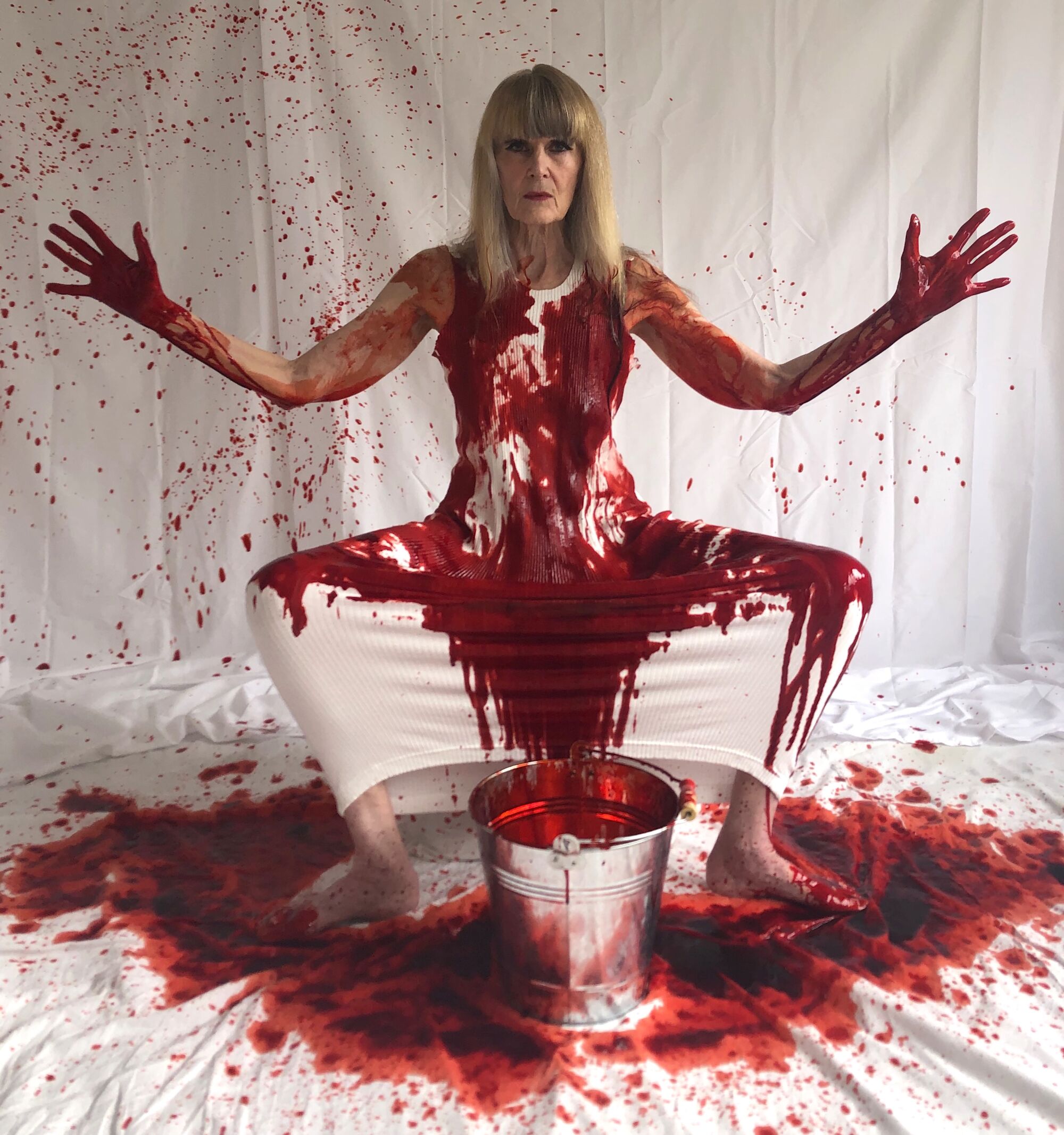
Above Caroline Coon
